5 Physical Therapy Exercises For Your Dog
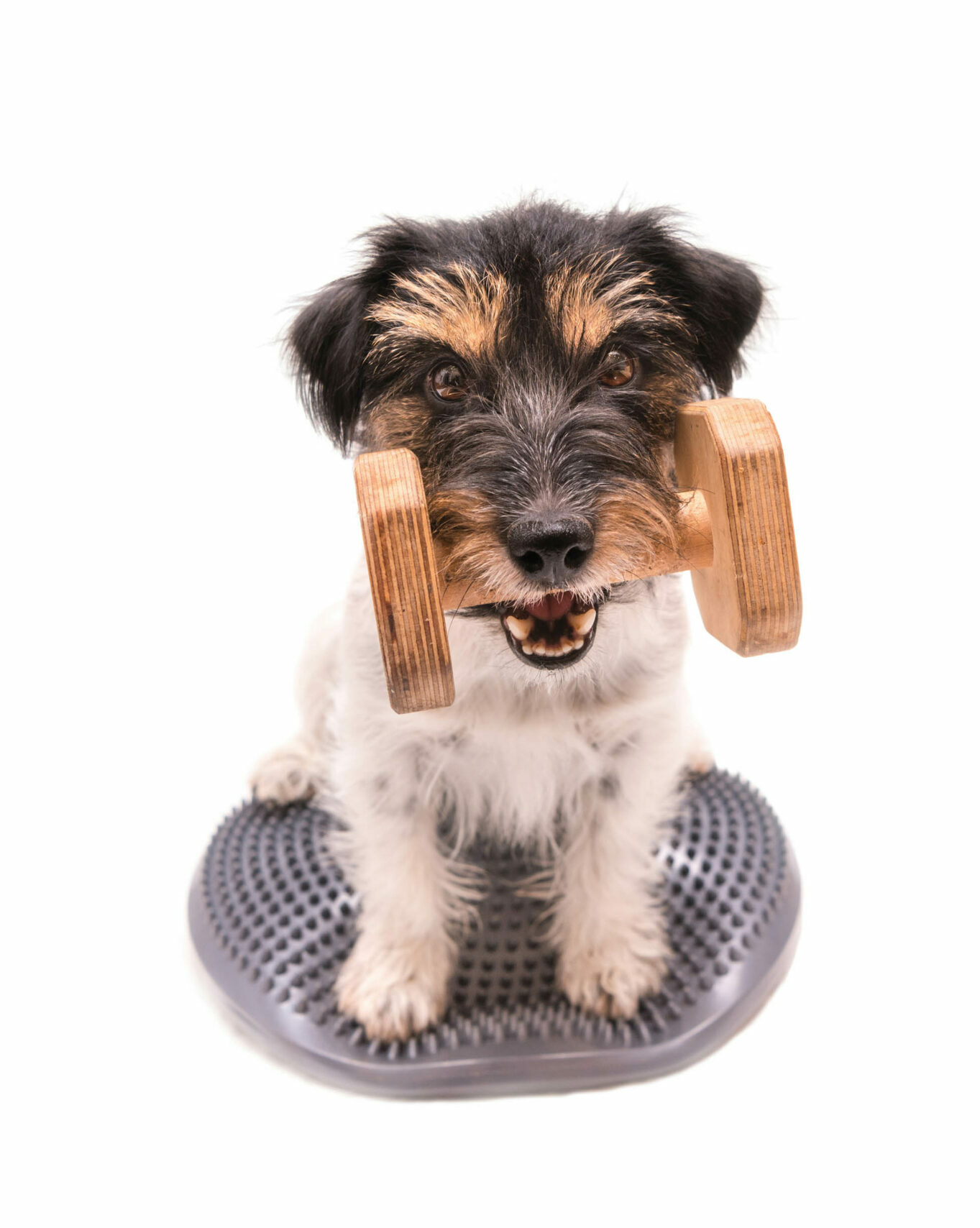
Physical therapy for your beloved canine doesn’t only have to occur when he/she has arthritis, disc disease, or a neurological or spinal disorder. It can be done as part of a maintenance plan to help your pup improve or maintain mobility and strength, as well as maintain overall health. For those pups who have more extensive issues, a clinic that specializes in canine physical therapy would be beneficial.
Here are a few at-home routine exercises and massage techniques recommended by vets and canine PTs that can improve the well-being of your beloved dog.
Note: these exercises are recommended for pups who do not have an underlying condition. Please check with your vet to ensure your pet can perform the exercises safely.
1. Puppy Pushups
Although commonly called “puppy pushups,” this exercise is a great warmup and muscle builder for dogs of any age. Plus, it has the side benefit of honing basic obedience behaviors.
A simple puppy pushup consists of having your dog move from a sit position to a down position then back into a sit. To increase the difficulty, teach your dog to stand on cue, which can be done using the guide-and-reward method. Hold a treat to your sitting dog’s nose, then slowly pull forward to guide your dog into a standing position.
Once your dog understands all three positions — sit, stand and down — you can combine them into a more complex puppy pushup. To increase muscle building, have your dog go from a stand to a down and then back to a stand without sitting in the middle.
2. Stretching Exercises
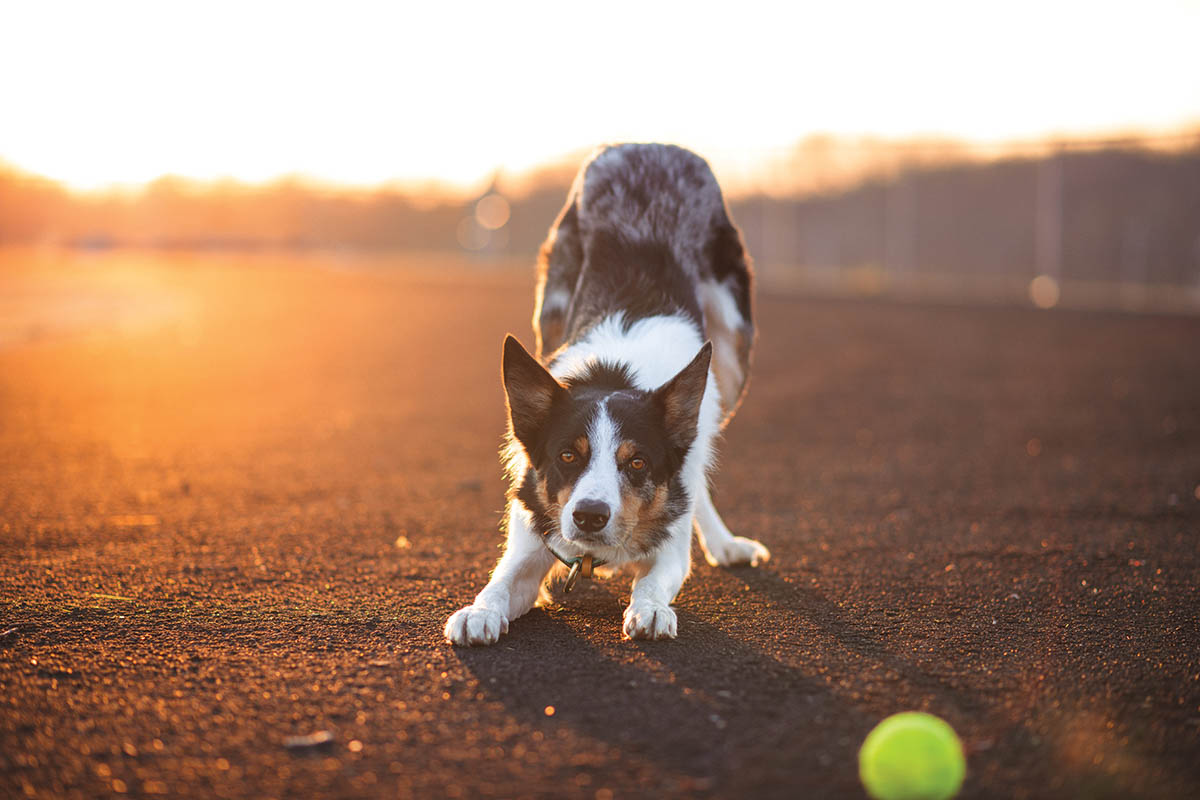
Stretching is great for keeping your dog limber. It’s also useful for warming up before exercise and cooling down after. But how do you tell your dog to do it? One way is to teach your dog to stretch on cue.
This can be done by capturing behavior your dog does naturally. As soon as you see your dog stretching, such as after a nap, mark the movement with a clicker or marker word, then immediately praise and reward them. Pretty soon your dog will be offering the behavior to earn a treat. At that point, you can add a verbal cue and ask your dog to stretch as part of your exercise sessions.
Another method involves the use of a target stick. You can buy a target stick or make your own by coloring one end of a dowel rod. First, teach your dog to touch the end of the stick with his or her nose. Most dogs will do this naturally when first presented with the stick because they want to smell it. As soon as your dog’s nose touches the end of the stick, mark the action with a clicker or marker word, then reward.
Once your dog understands the value of touching the end of the stick, you can use the stick to help guide them into various stretching positions. For example, for a neck stretch, hold the stick above your dog’s head to get a neck extension or place it on a shoulder to get a side stretch.
3. Figure Eights
Walking in a figure-eight pattern is a great way to stretch your dog’s back and improve spinal flexibility. All you need are two props — cones and garbage cans (or food tins).
Simply place the two objects several feet apart and lead your dog around and through them by guiding with a treat. To tighten the turn and therefore the stretch, move the objects closer together. You can even have your dog weave between your legs as you stand with your feet apart.
4. Balance Exercises
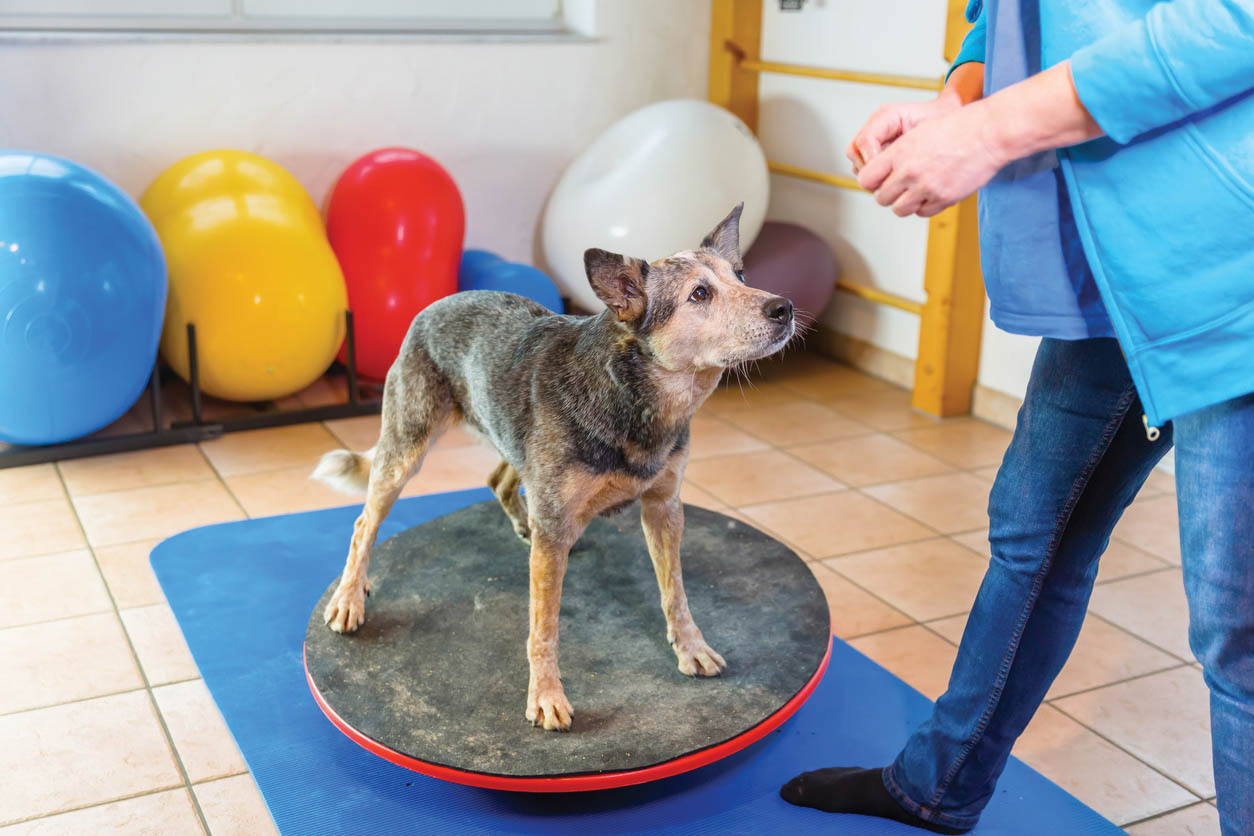
Teaching your dog to balance on various surfaces helps build muscle and increase body awareness. Start with a steady surface and teach your dog to place all four paws on it. A good starter prop would be an upside-down shallow plastic storage bin. The goal isn’t height but to get your dog to stand on the object.
Once your dog understands the game, you can introduce the element of balance. Choose objects that are safe but will require core work on your dog’s part. For example, large sofa cushions will work for large dogs and smaller pillows for smaller dogs. You can even use an inflatable canine exercise disc.
As long as the surface is a bit unsteady underfoot, your dog will have to work to stand on top. As your pup gains confidence, you can even encourage balancing with the two front paws on one object and the two back paws on another.
Another way to build strength and body awareness is with a wobble board. You can make your own by attaching a tennis ball underneath a square of plywood. To stay standing on the board, your dog must maintain balance while the board moves underfoot. Start by holding the board still until your dog gains confidence. As your dog improves, slowly begin to loosen your grip and allow for more movement.
5. Gentle Massage
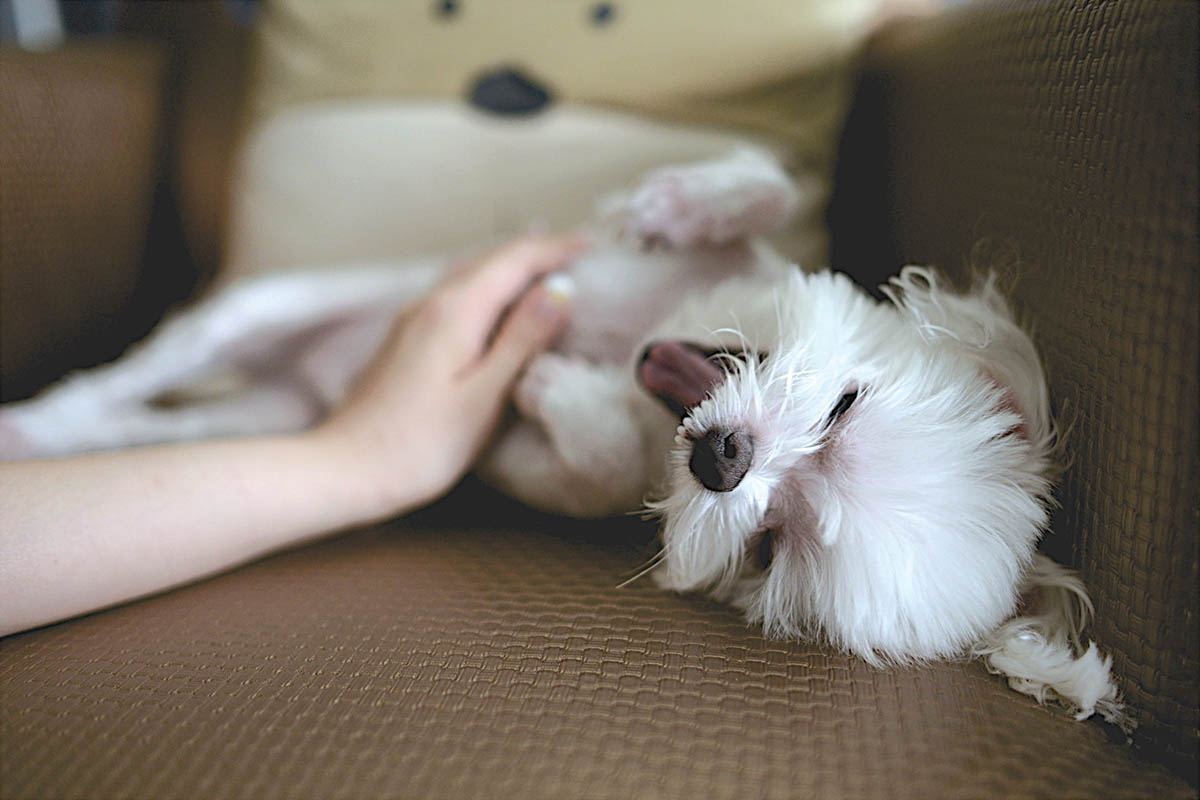
Your pup needs and loves a good massage, just like you. Gently massage your pup’s body up and down. This simple gesture can improve your fido’s blood circulation and increase their muscle tone. It doesn’t need to be a deep tissue massage but rather a gentle rub that starts from the shoulders down to the rear limbs.
Try these out and let me know what you think! My GSP Blu’s favorite is #5!
About the Author
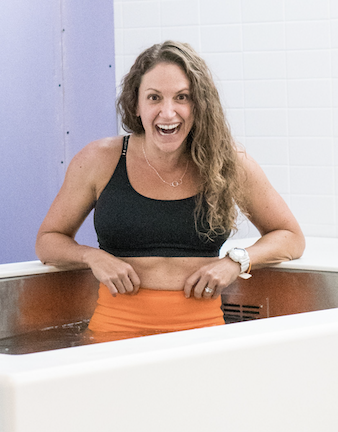
Jessica Tranchina, PT, DPT, is a co-founder of Generator Athlete Lab and has been an athlete her whole life. As the creator of the Generator Method, Tranchina works to help guide others to better performance and recovery and is passionate about bringing the active community of Austin together from all fitness levels and athletic backgrounds. She is the owner of PRIMO Performance and Rehabilitation, which started in Austin in 2010, where her expertise and unique skill set have been established as one of the best in her field. NASM-CPT, ART Certified Provider, CKTP.






